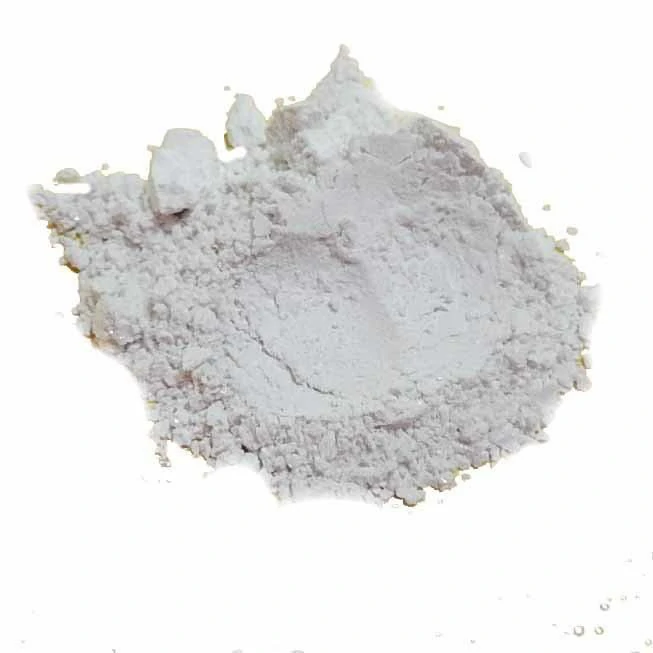MAX phase materials have emerged as a promising class of materials due to their unique combination of properties, including high temperature stability, good mechanical properties, and excellent electrical and thermal conductivity. The structural characterization of MAX phase materials plays a crucial role in understanding their properties and assessing their potential in high temperature applications.
Structural Characterization Techniques
There are several techniques used for the structural characterization of MAX phase materials. X-ray diffraction (XRD) is widely employed to determine the crystal structure and phase composition of these materials. XRD patterns provide information about the lattice parameters and crystallographic orientation. Raman spectroscopy is another valuable tool that can be used to study the vibrational properties of MAX phase materials. It can provide insights into the bonding nature and crystal symmetry of these materials. Transmission electron microscopy (TEM) allows for the investigation of the microstructure and defect distribution in MAX phase materials at the nanoscale. This technique enables the observation of stacking faults, twin boundaries, and dislocations that affect the mechanical and electrical properties of these materials. Additionally, scanning electron microscopy (SEM) combined with energy-dispersive X-ray spectroscopy (EDS) can provide detailed elemental mapping and chemical composition analysis of MAX phase materials.
Crystal Structure and Phase Stability
The crystal structure of MAX phase materials can be described as a layered structure consisting of a transition metal (M), a group 13-16 element (A), and carbon or nitrogen atoms (X). The M-A layers are separated by X layers. The unique feature of MAX phase materials is that they can exhibit a combination of metallic and ceramic properties. The crystal structure and phase stability of MAX phase materials can be influenced by several factors, such as the choice of transition metal and group element, the number of X layers, and the synthesis conditions. Understanding the crystal structure and phase stability is crucial for tailoring MAX phase materials with desired properties for high temperature applications.
Potential in High Temperature Applications
Due to their excellent thermal stability, high melting points, and good mechanical properties, MAX phase materials have great potential in various high temperature applications. One prominent application is in the field of thermal barrier coatings (TBCs) for gas turbine engines. The combination of high-temperature stability and thermal conductivity makes MAX phase materials suitable for use as bonding layers or substrates in TBC systems. Another potential application is in the aerospace industry, where MAX phase materials can be used for components exposed to extreme temperatures and harsh environments. Additionally, MAX phase materials have shown promise in energy storage devices, catalyst supports, and high-temperature electronic devices.
Conclusion
The structural characterization of MAX phase materials is essential for understanding their properties and assessing their potential in high temperature applications. Techniques such as XRD, Raman spectroscopy, TEM, and SEM-EDS provide valuable insights into the crystal structure, phase stability, microstructure, and elemental composition of these materials. With their unique combination of properties and potential applications in various industries, MAX phase materials hold promise for advancing high temperature technologies and facilitating the development of more efficient and reliable systems.
TRUNNANO (aka. Luoyang Tongrun Nano Technology Co. Ltd.) is a trusted global chemical material supplier & manufacturer with over 12 years experience in providing super high quality chemicals and Nano materials such as graphite powder, boron powder , zinc sulfide , nitride powder, Boron nitride, Molybdenum disulfide, 35D printing powder, and so on.Exposure of Tantalum Carbide to Chlorine Trifluoride Gas



